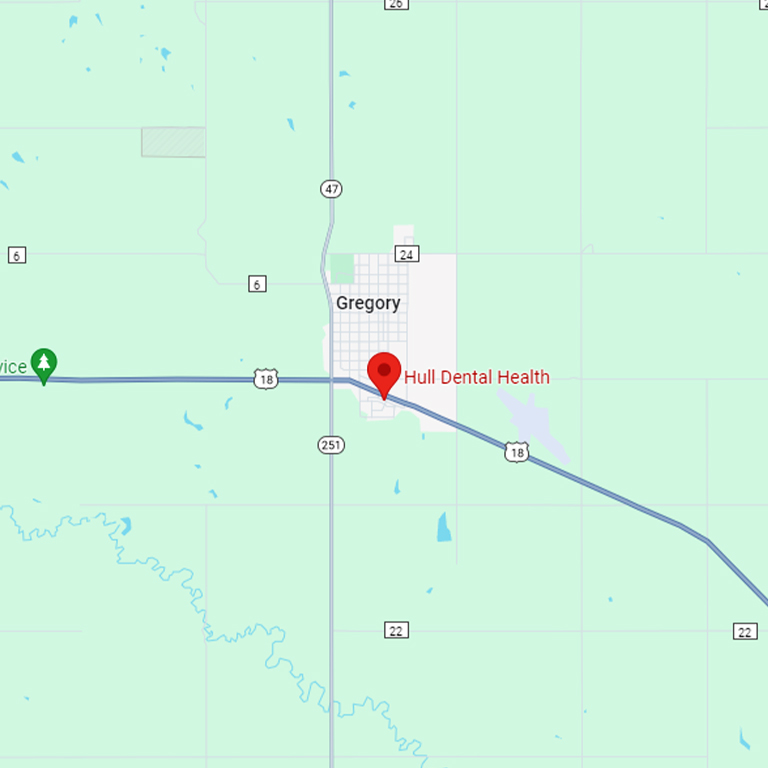Dental Implants

Dental implants replace natural teeth lost to dental disease or trauma. Compared to other types of restorative dentistry like dentures or bridges, dental implants function, feel, and look the most like your natural teeth. They remain permanently affixed in your mouth by implant screws, and you do not have to clean your implants in any special way or avoid eating your favorite foods. Speech intelligibility improves as well.
Understanding the Parts of a Dental Implant
A dental implant to replace one missing tooth consists of three parts. The first is the implant post, which Dr. Hull screws into your jawbone. The implant post supports your replacement tooth and its abutment while also merging with the remaining jawbone in a process called osseointegration. The abutment sits on top of your gumline and is responsible for connecting your implant and replacement tooth, called a pontic.
Getting Dental Implants is an Involved Process
Planning for your replacement teeth begins the day you have a natural tooth knocked out or extracted. You may even be at the point where you need to have the remainder of your natural teeth pulled and replaced with a full set of dental implants. In that situation, Dr. Hull places four implant posts on your top and bottom rows of teeth that support the new artificial teeth.
If you do not have a strong enough bone structure to support a dental implant, Dr. Hull can usually transfer small bone fragments from other areas of your mouth or use donor bone. After receiving your implant posts, you need to wait several weeks to months for healing and osseointegration to take place. Dr. Hull will ask you to schedule a follow-up appointment to check the implant site and proceed with placing the abutment and pontic if he feels satisfied that your jaw has completed healing.
We understand that getting dental implants in Gregory SD is a big decision. Please reach out to request a consultation to learn more details about this procedure.

